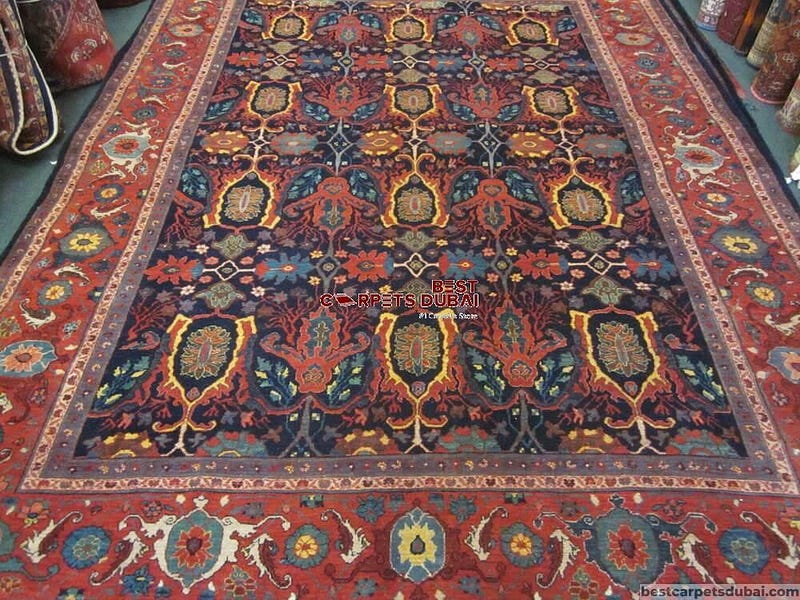Handmade Rugs A Timeless Craft of Art and Tradition

Handmade rugs have long been regarded as symbols of craftsmanship, artistry, and cultural heritage. With their rich textures, intricate designs, and vibrant colors, these pieces of art transcend mere functionality, elevating any space with their elegance and timeless appeal. Whether woven from wool, silk, or cotton, handmade rugs carry with them centuries of tradition, representing the diversity of cultures and the dedication of artisans who have passed their skills down through generations.
The History and Cultural Significance
Handmade rugs can be traced back thousands of years, with evidence of their existence in ancient civilizations such as Persia, Egypt, and China. In many cultures, rugs were not merely decorative; they were symbols of status, wealth, and power. Persian rugs, for example, are renowned for their intricate knotting techniques and symbolic designs, often telling stories of the natural world, religion, and family heritage.
In regions like Central Asia, handmade rugs have served as essential household items, used as floor coverings, bedding, and even as walls in nomadic tents. The art of weaving is often deeply intertwined with the identity of the people, with different patterns and color schemes representing various tribes and communities.
The Crafting Process
Creating a handmade rug is a meticulous and time-consuming process that requires great skill and patience. The process begins with selecting the right materials. Wool is a popular choice due to its durability, softness, and natural ability to retain dyes, but silk and cotton are also used for more delicate and luxurious rugs.
The design phase is equally important, with patterns ranging from geometric shapes to florals, landscapes, or abstract art. Many rug designs are passed down from generation to generation, while others are innovative, created by contemporary artists pushing the boundaries of traditional weaving.
Once the design is set, the artisans begin the intricate process of knotting or weaving the threads into a loom. Depending on the density of the weave, a rug can take anywhere from a few weeks to several months to complete. For example, a Persian rug may require tens of thousands of knots per square meter, resulting in a piece that is both a labor of love and a work of art.
Durability and Longevity
One of the most remarkable qualities of handmade rugs is their durability. With proper care, these rugs can last for generations, with their colors and patterns enduring over time. Wool, in particular, is known for its ability to resist stains, mold, and mildew, making it an ideal material for rugs that are subjected to heavy foot traffic.
In addition to their physical longevity, handmade rugs often gain sentimental value over time. They may become family heirlooms, passed down from one generation to the next, carrying with them memories and stories that make them even more precious.
Choosing a Handmade Rug
When selecting a handmade rug, it’s important to consider not only its aesthetic appeal but also its authenticity and craftsmanship. Look for rugs that are created by skilled artisans and come from regions with a rich rug-making tradition. Paying attention to the materials used, the quality of the knotting, and the overall design can ensure that you are investing in a piece that will stand the test of time.
Handmade rugs muscat offer more than just a decorative touch to a home; they are a celebration of culture, tradition, and craftsmanship. Owning a handmade rug is like owning a piece of history, and it brings a sense of warmth, beauty, and uniqueness to any room.
Comments
Post a Comment